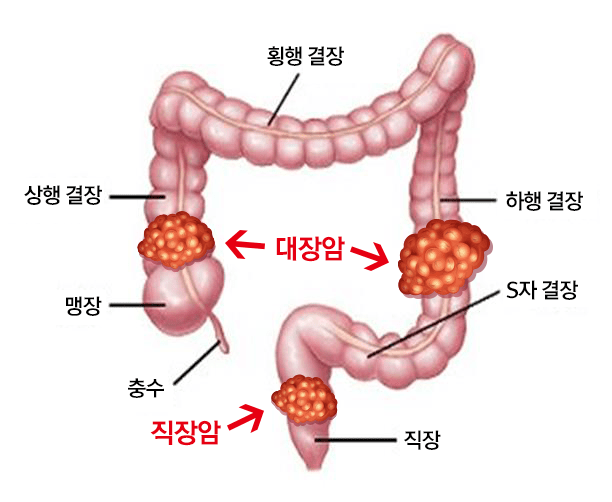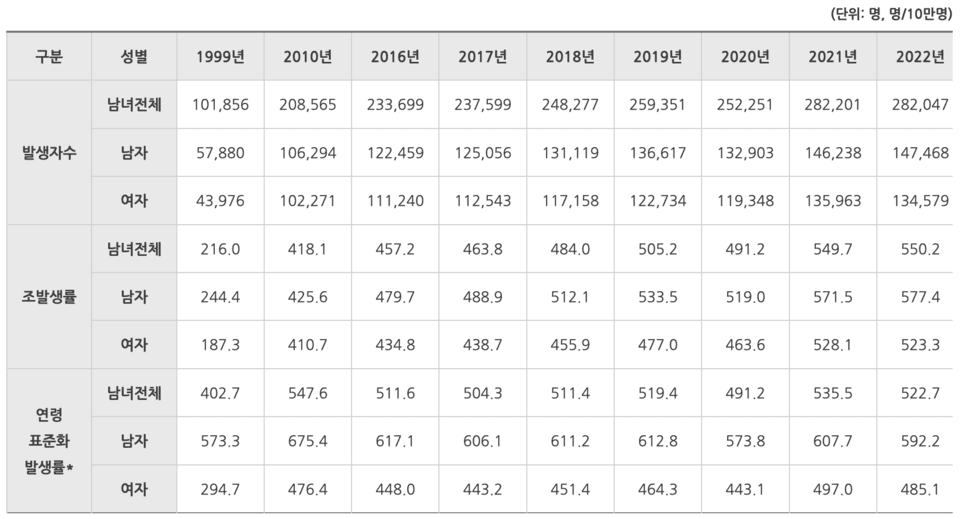Cancer claims around 10 million lives globally each year. The World Health Organization (WHO) states that a significant portion of cancer causes are attributed to lifestyle and environmental factors, and nearly half of all cancers can potentially be prevented with proper management. Though often perceived as an abrupt illness, cancer actually takes time to develop through the accumulation of small errors within cells over the years.
When cells do not stop growing, human cells divide at a regular interval and replicate their DNA. Normal cells, if their DNA is damaged, will either repair themselves or trigger their own death. However, if the repair mechanisms fail or if mutations accumulate, some cells may gain the ability to proliferate indefinitely.
Cancer cells emit growth signals while ignoring the suppressive ones, persist beyond their expected death, and encourage the formation of new blood vessels around them for nutrient supply. These cells also evade the surveillance of immune cells. Eventually, such cancer cells invade nearby tissues and spread to other organs. The academic community has encapsulated this process within the concept of “hallmarks of cancer.”
Among the most decisively proven causes of cancer is smoking, with tobacco smoke containing over 70 carcinogenic substances that damage lung cell DNA and cause a variety of cancers, including lung cancer. Similarly, alcohol consumption transforms into acetaldehyde, a toxic compound that disrupts DNA repair, linking it to at least seven types of cancer, such as liver, oral, and throat cancers.
Lifestyle factors also elevate cancer risks, where obesity leads to hormonal imbalances and chronic inflammation, while a lack of physical activity weakens cellular metabolism and immune functions. A diet low in fruits and vegetables, lacking antioxidants and fibers, raises the risk of gastrointestinal cancers like colon cancer.

Environmental factors also play a role that cannot be ignored. Ultraviolet radiation damages the genes of skin cells, causing skin cancer. Radiation exposure can break DNA strands leading to blood cancers like leukemia, while asbestos causes chronic damage after entering the lungs, and microscopic diesel exhaust particles lodge deep in the lungs, causing lung cancer. The International Agency for Research on Cancer (IARC) officially classifies these factors under ‘Group 1 human carcinogens.’
Infections also contribute significantly to cancer development. Human papillomavirus (HPV) is a well-known cause of cervical cancer. Hepatitis B and C viruses can lead to liver cancer, while Helicobacter pylori infection is linked to stomach cancer. WHO particularly notes that infectious agents account for a substantial share of cancer incidence in low-income countries.

Genetic factors also independently contribute to 5-10% of all cancers, originating from hereditary genetic mutations. A notable example is the BRCA1/2 gene mutations, which significantly increase the risk of breast and ovarian cancers. Defects in DNA repair genes also heighten the risk of colon cancer.
Yet, most cancers result from a combination of lifestyle, environment, and infection factors acting over time, as genetic damage accumulates.
The WHO emphasizes that up to half of cancer mortalities could be preventable through smoking cessation, moderate alcohol intake, healthy eating, regular exercise, and weight management. Vaccination is recognized as the most effective method of reducing cancers caused by infections.
Early screening plays a crucial role in lowering cancer mortality. Cancers such as breast, cervical, and colorectal cancers can be detected early through regular screenings, substantially improving treatment outcomes.
In South Korea, cancer persists as the leading cause of mortality. According to the Ministry of Health and Welfare, there were a total of 282,047 cancer cases in 2022, with 147,468 males and 134,579 females, reflecting an increase of 1,230 cases in males and a decrease of 1,384 cases in females compared to the previous year.

The standardized incidence rate per 100,000 population was 522.7, decreasing by 12.9 compared to 2021, with 592.2 for males and 485.1 for females. Expected lifetime incidence of cancer is estimated at 2 out of 5 males (37.7%) and 1 out of 3 females (34.8%).
Experts explain that despite cancer originating from cellular genetic damage, a significant portion of it can be prevented through lifestyle management, vaccinations, and regular screenings. Health authorities advocate that reducing the cancer burden is possible through smoking cessation, moderate alcohol intake, weight management, a balanced diet, and early detection.